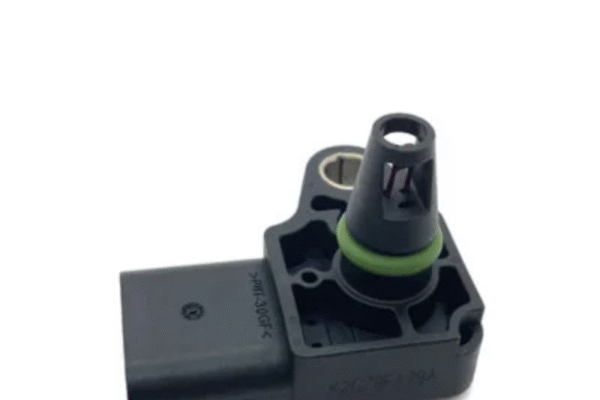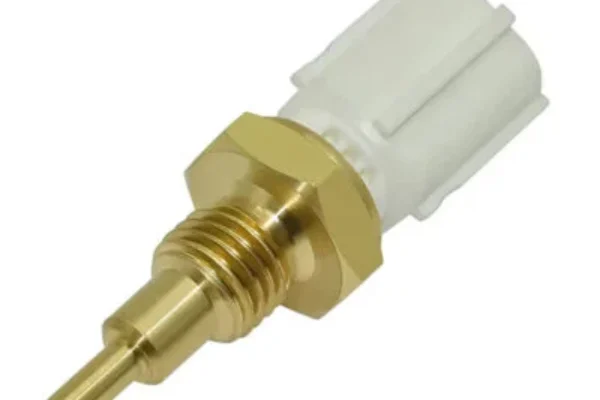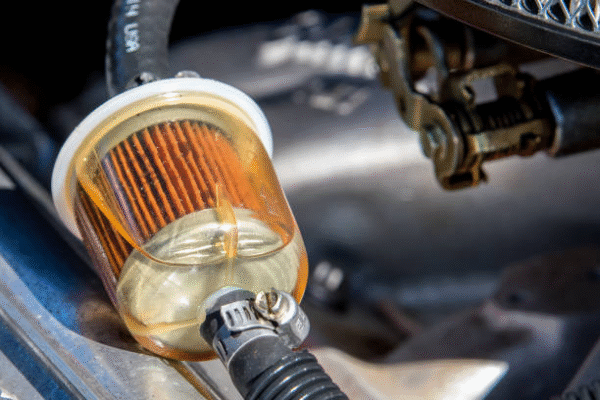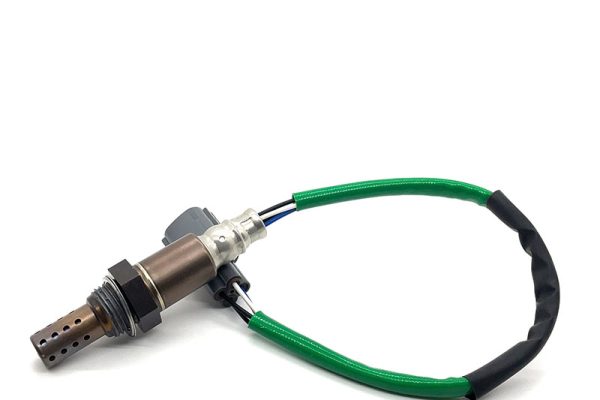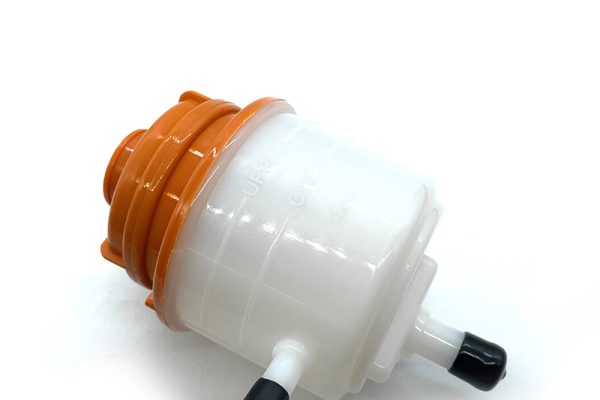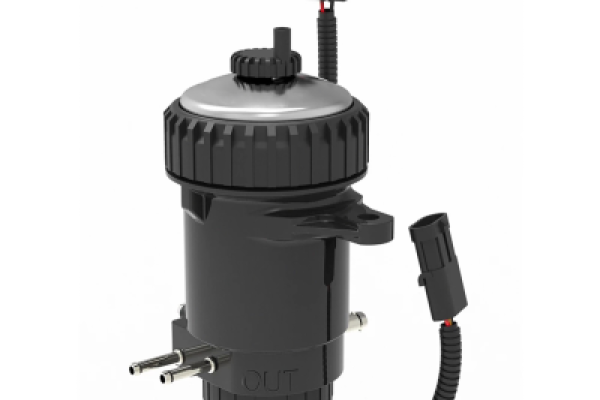Introduction to Coolant Temperature Sensors in Automotive Applications
In the world of modern vehicles, accurate data is essential for performance, safety, and reliability. One of the most important components for monitoring engine conditions is the Coolant Temperature Sensor. This small but powerful device measures the temperature of the coolant flowing through the engine, sending real-time signals to the vehicle’s electronic control unit. The data collected allows the system to adjust fuel injection, ignition timing, and cooling operations.
For B2B buyers—whether managing a fleet, supplying workshops, or operating in the automotive parts distribution industry—understanding this component is critical. Knowing where the coolant temperature sensor is located can influence everything from troubleshooting to procurement decisions. This article explores sensor positioning, its importance, and what businesses need to know when sourcing these components in bulk.
Why Location Matters in Engine Diagnostics
The placement of a coolant temperature sensor may sound like a detail reserved for technicians, but its significance goes far beyond repair. For companies operating in the automotive industry, location awareness directly affects diagnostics, part replacement, and supplier communication.
When a fleet experiences irregular temperature readings, downtime is costly. Maintenance teams often begin by asking: “Where is the coolant temperature sensor located?” Having that answer ready minimizes delays in identifying faults. For B2B procurement professionals, familiarity with common sensor placements ensures smoother conversations with suppliers, mechanics, and clients.
From an operational perspective, sensor location knowledge contributes to:
- Faster diagnostics: Reducing the time spent identifying component failure.
- Efficient communication with suppliers: Allowing accurate part identification when placing bulk orders.
- Inventory planning: Ensuring that the correct replacement parts are stocked for multiple vehicle models.
Sensor placement and system integration
Coolant temperature sensors are not standalone components. They are part of the larger car cooling system and interact with other parts, such as thermostats and radiators. Because of this integration, their location is strategic—close enough to the coolant flow to provide accurate readings but positioned where access for maintenance is possible. For businesses managing multiple vehicles, this consistency allows better planning in repairs and part replacements.
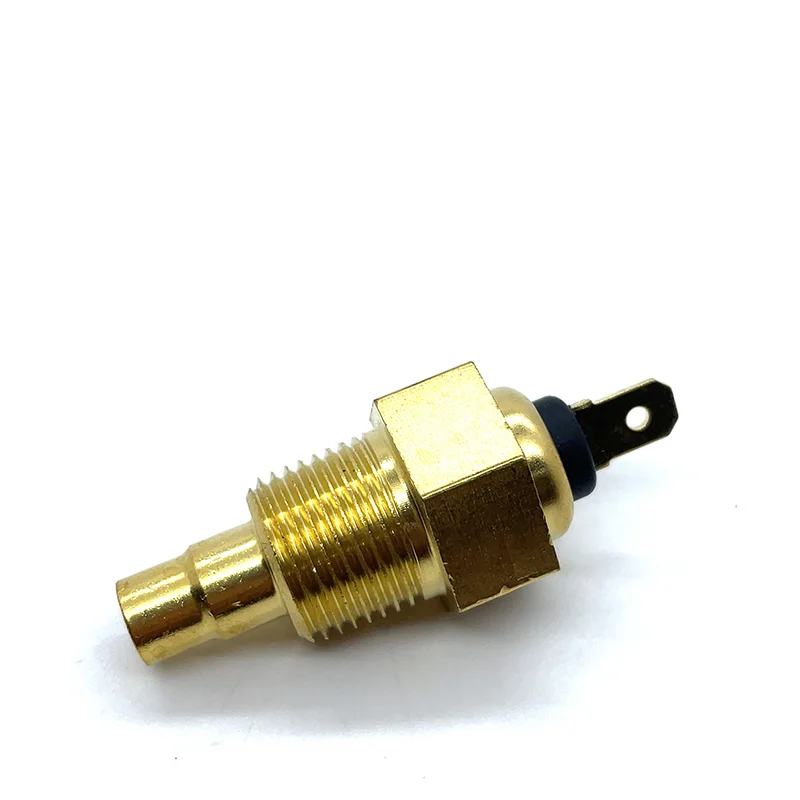
Common Locations of Coolant Temperature Sensors
Although designs vary depending on the type of engine and manufacturer, the Coolant Temperature Sensor is typically found in several standard locations. These positions are designed for maximum efficiency and easy access for service professionals. For example, the Engine Coolant Temperature Sensor for Toyota is strategically positioned to capture accurate thermal data and ensure optimal engine management.
Engine block or cylinder head
One of the most common locations is directly on the engine block or cylinder head. In these placements, the sensor can monitor the coolant temperature as it circulates through the hottest areas of the engine. This position ensures accurate measurement, which is vital for controlling fuel efficiency and preventing overheating.
Thermostat housing
Another frequent location is near the thermostat housing. Since the thermostat regulates coolant flow to the radiator, sensors placed here provide precise data on coolant conditions as it leaves the engine. For B2B suppliers, this is a critical reference point, as many replacement requests involve this area.
Radiator or cooling passages
Some systems locate the car coolant temperature sensor near the radiator or within coolant passages. These placements help monitor overall system temperature and ensure consistent engine cooling.
Multiple sensors in advanced systems
Modern vehicles may have more than one sensor to track coolant conditions at different points. While this complexity may vary, B2B buyers benefit from understanding these possibilities when stocking parts for diverse vehicle models.
Identifying and Accessing the Sensor for Maintenance or Replacement
Locating a coolant temperature sensor requires a mix of visual inspection and reference to service documentation. For businesses that manage fleets or supply spare parts, being familiar with identification methods enhances efficiency.
How to visually identify the sensor
Most coolant temperature sensors are small, threaded components connected to the cooling system. They typically feature an electrical connector for communication with the engine control unit. When scanning the engine bay, look for wiring harnesses leading to threaded plugs on the engine block, thermostat housing, or radiator area.
Access for replacement
In many cases, the engine block temperature sensor location allows for relatively straightforward replacement. However, accessibility depends on engine design. Some placements may require the removal of covers or additional parts. For maintenance teams working under time constraints, clear awareness of these access points ensures faster repair cycles.
B2B relevance
For automotive parts suppliers, knowledge of these locations allows them to guide clients more effectively. When a repair shop calls asking about a specific sensor, being able to explain possible locations improves credibility and customer satisfaction. Similarly, for wholesale distributors, clarity in product descriptions—such as mentioning whether a sensor fits engine block or thermostat housing applications—helps reduce returns and enhances supply chain efficiency. For example, repair shops often receive frequent requests for identifying the car Coolant Temperature Sensor for Chevy, making it an essential reference point in B2B parts supply.
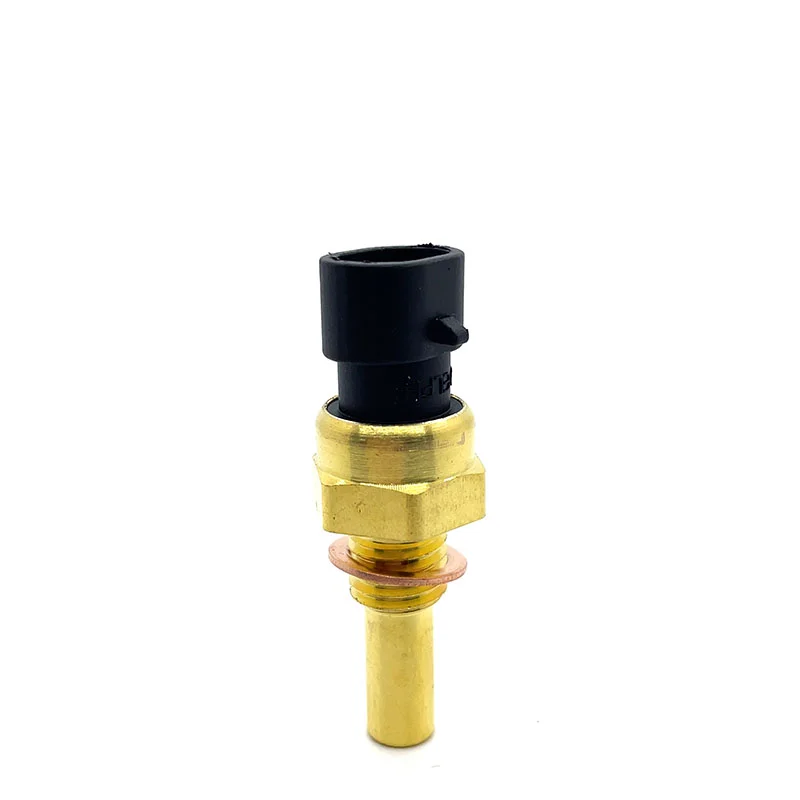
Business Perspective: Sourcing Reliable Coolant Temperature Sensors
Understanding where sensors are located is only part of the picture. For B2B buyers, the bigger challenge is sourcing reliable coolant temperature sensors that meet quality expectations and support long-term partnerships.
Why sourcing matters
Inconsistent or low-quality sensors can result in inaccurate readings, leading to engine performance issues. For fleet operators, this means increased maintenance costs and potential downtime. For distributors and wholesalers, poor quality affects client trust and leads to higher return rates.
Key considerations for B2B buyers
Supplier reliability: Work with suppliers that have a proven track record in automotive component distribution.
OEM compatibility: Ensure that the sensor design aligns with a wide range of engine applications to maximize inventory flexibility.
After-sales support: In B2B environments, responsive support and technical documentation are crucial for long-term relationships.
Partnering with a reliable Auto Parts manufacturer helps B2B buyers reduce risks, improve product consistency, and strengthen supply chain trust.
The wholesale advantage
Bulk purchasing offers cost advantages, but it also demands strong quality assurance. When seeking a Wholesale Auto Engine Coolant Temperature Sensor, B2B buyers should evaluate not only price but also the supplier’s ability to provide consistent quality, timely delivery, and customization options for different markets.
Beyond procurement: supporting your clients
For businesses serving workshops, resellers, or fleet managers, supplying the right sensor is about more than just delivery. It’s about enabling clients to solve their car coolant temperature sensor challenges quickly and efficiently. By understanding sensor placement, suppliers can better assist clients in identifying the right product, strengthening business relationships.
Conclusion
The question, “Where is my coolant temperature sensor located?” goes far beyond individual car owners. For B2B buyers in the automotive industry, the answer carries implications for diagnostics, maintenance efficiency, and supply chain operations.
By knowing the common positions of the Coolant Temperature Sensor—from the engine block to the thermostat housing—businesses can communicate more effectively with their clients, support efficient maintenance, and make informed procurement decisions.
For wholesalers, distributors, and fleet operators, sourcing a Wholesale Auto Engine Coolant Temperature Sensor is not just about buying a part. It’s about ensuring quality, reliability, and customer trust. In today’s competitive market, that knowledge sets leading suppliers apart.

